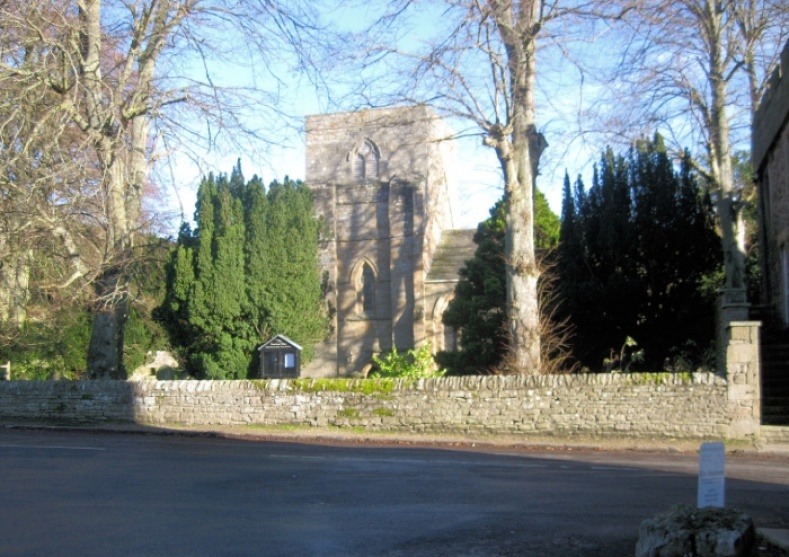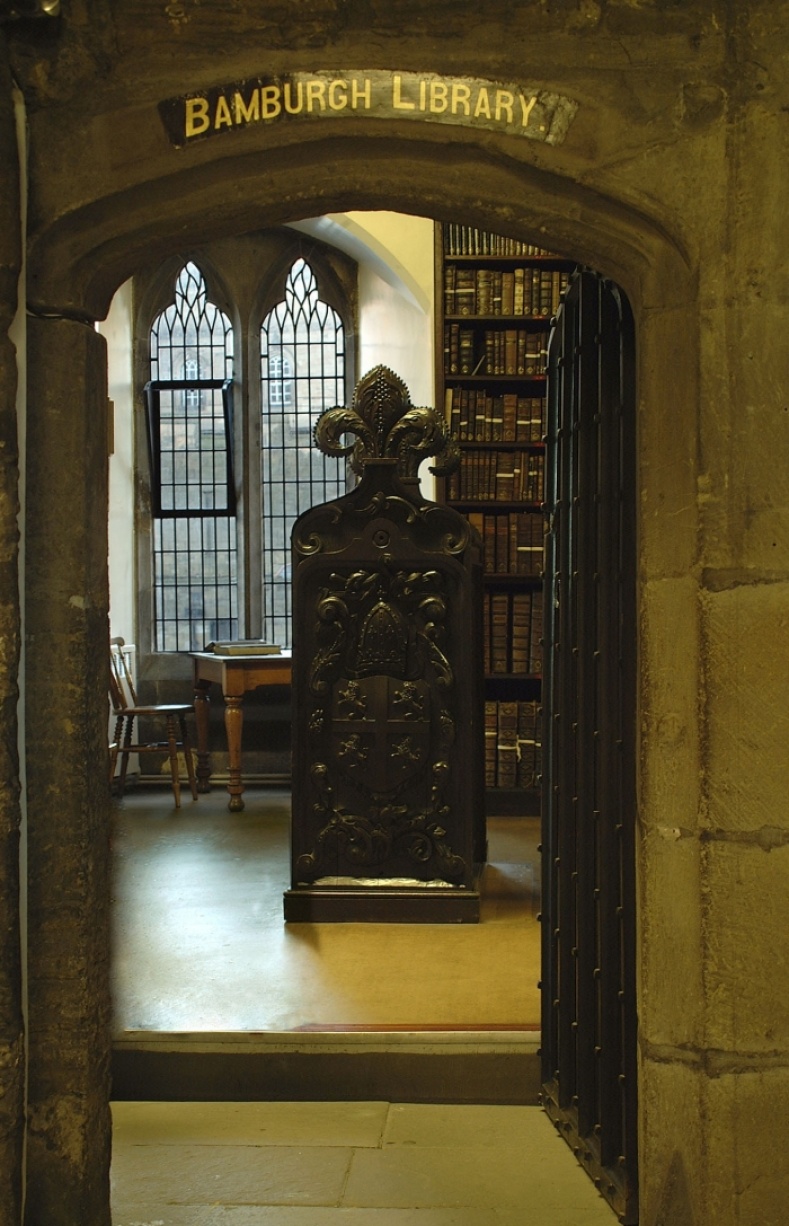

Lord Crewe’s Charity
Support for education and religious bodies
Founded: 1721
Charity Details
Full Name: Lord Crewe’s Charity
Founded: 1721
Type: Independent
Where Operates: North East England and Oxford University
Headquarters: Durham, DH1 5TS
Charity No: 1155101
History and Activities
Lord Crewe’s Charity was established following the death of its benefactor, Nathanial Lord Crewe (1633-1721). Nathanial Crewe was the Bishop of Durham from 1674 until his death in 1721. The charity has made great contributions to the North East in education, poverty relief and religion.
Lord Crewe accumulated great wealth through an illustrious ecclesiastical career, which was heavily advanced by Charles II (1630-1685) and James II (1633-1701). He also benefited from the inheritance of estates from his father and brother, as well as the purchase of Sir William Foster of Bamburgh’s originally heavily indebted estate. Since his passing, his estates have been under the control of various trustees that have executed the terms of his will to aid a variety of beneficiaries. The charity funds a programme of undergraduate bursaries and post-graduate scholarships at Lincoln College. Some of the bursaries are specifically for undergraduates from the “Crewe Territories” but others are open to all. Lord Crewe had been a student at Lincoln College where he held the position of Rector from 1668 until 1672.
The charity has had a significant impact in the North East. Blanchland has existed since the foundation of the Abbey in 1156. However, the charity, under the Chairmanship of Thomas Sharp, restored the square and built the bridge over the River Derwent in the 1730s and 1740s, establishing Blanchland as a “model village”. Thomas Sharp (1693 - 1758) was the chairman of the trustees from 1736 to 1758. He was succeeded by his son, Dr John Sharp (1722-1792), who served as a trustee until his death in 1792. Dr Sharp is seen as accomplishing more than his father with his work in Bamburgh and the establishment of various initiatives known as the Bamburgh Charities. He firstly renovated the castle and then turned it into a school for boys. Dr Sharp also established an abattoir and the introduction of the Corn Charity (1766) to help feed the poor as well as providing free healthcare under what was known as the “Surgery” (1772-1920). Other notable achievements of the charity in the North East include the building of Seahouses harbour and the commissioning of Lionel Lukin to build the first-ever patented lifeboat that was seen as being 'unimmergible'.
To this day the charity still owns almost all of the estates previously owned by Nathanial Crewe, with the exception of Bamburgh Castle, which was sold to industrialist Lord Armstrong (1810 – 1900) for £60,000 in 1884. More recent beneficiaries include Durham Cathedral which hosts the Sharp library, a lending library of modern theology owned by the Charity and operated on its behalf by the Cathedral. The library houses a variety of rare literature previously owned by former trustees Thomas and John Sharp. Lord’s Crewe charity still owns three libraries mainly containing religious texts and modern theology as well as works on natural philosophy, travel and literature.
In 2017, the charity has an income of £1.4 million and spending of £1.2 million. The two primary sources of income for the charity are from its estates and an investment portfolio, with net income from both being £459,039 and £303,869 respectively. Other minor sources of income include grants received relating to their estates, contributions, recharging of some insurance costs to tenants and a small amount relating to the Sharp Libraries. Investment property is the charity’s main source of assets valued at £31,961,229 out of total investments worth £43,272,820 at the end of 2017.
Lord Crewe’s Charity prides itself on accurately and respectfully executing the last wishes of Lord Crewe whilst adapting to an ever-changing world for nearly three hundred years.
Vital Statistics (year to 31/12/2017)
| Total Income:
| £1,467,890
|
| Voluntary Income:
| £0
|
| Investment Income:
| £1,444,336
|
| Employees:
| 1
|
| Total Expenditure (TE):
| £1,271,073
|
| Grants to Beneficiaries (GR):
| £594,073
|
| GR as % of TE:
| 46.7%
|
| Investments at Year End:
| £43,272,820
|
Website
http://www.lordcrewescharity.org.uk/
References
Blackburn, C. (2018) Blanchland history, Available here (Accessed: 06/08/2018).
Blanchland Community Development Organisation. (2018) Blanchland History. Available here (Accessed: 06/08/2018).
Charity Commission: Crew Trust (2018) Available here (Accessed: 06/08/2018).
Johnson, M. (2004). Crew [Crewe], Nathaniel, third Baron Crew, Available here (Accessed: 30/05/2018).
Lincoln College (2018) Lincoln College History. Available here (Accessed: 06/08/2018).
Lomas, R. (2009). An encyclopaedia of North-East England, Edinburgh: Birlinn Ltd, pp. 119-20.
Lord Crewe’s Charity. (2018) Available here (Accessed: 06/08/2018).
National Archive (2018) Lord Crewe Entry. Available here (Accessed: 06/08/2018).
Stranks, C.J. (1976). The charities of Nathaniel, Lord Crewe and Dr John Sharp 1721-1976, Chester le Street: City Printing.
Whiting, C.E. (1940). Nathaniel Lord Crewe Bishop of Durham, 1674-1721, and his Diocese. London: Macmillan Company.